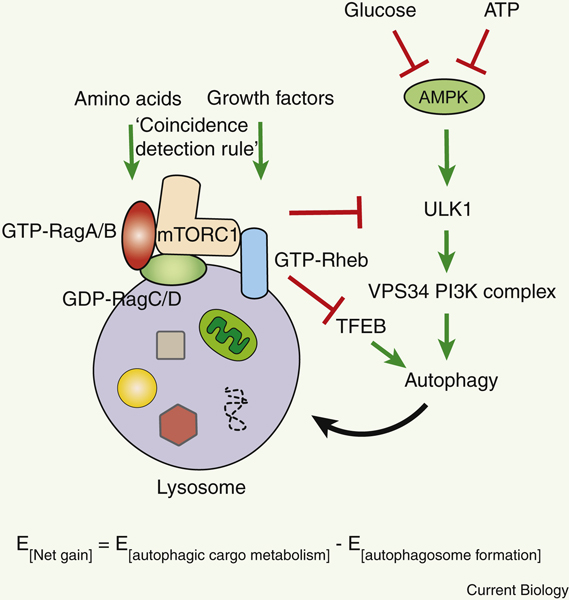Figure 2. mTORC1-mediated inhibition and AMPK-mediated activation of autophagy via nutrient-, growth factor-, and energy-sensing.
Amino acids activate Rag GTPases, and growth factors activate the Rheb GTPase. Active Rag GTPases (GTP-bound RagA/B and GDP-bound RagC/D) and the active Rheb GTPase (GTP-bound Rheb) synergistically recruit and activate mTORC1 on the lysosomal membrane. Active mTORC1 phosphorylates and inhibits the autophagy-initiating kinase ULK1 and the master transcriptional regulator of autophagy TFEB. By contrast, AMPK senses low glucose and ATP levels, and activates ULK1 and the downstream VPS34 PI3K complex to activate autophagy. Autophagy delivers a variety of substrates, including proteins, organelles (such as ribosomes and associated RNAs), lipid droplets (LDs), glycogen and iron storages, to the lysosome for degradation, which promotes nutrient mobilization for biosynthesis and energy production in response to nutrient and energy depletion. E, energy.

